The Bicycle Component Market is currently characterized by a dynamic competitive landscape, driven by innovation, sustainability, and strategic partnerships. Key players such as Shimano (Japan), SRAM (US), and Campagnolo (Italy) are at the forefront, each adopting distinct strategies to enhance their market positioning. Shimano (Japan) focuses on technological advancements in gear systems, while SRAM (US) emphasizes lightweight materials and performance enhancements. Campagnolo (Italy) maintains a niche in high-end components, appealing to professional cyclists. Collectively, these strategies foster a competitive environment that prioritizes quality and performance, thereby influencing consumer preferences and market trends.
In terms of business tactics, companies are increasingly localizing manufacturing to mitigate supply chain disruptions and optimize logistics. The market structure appears moderately fragmented, with several players vying for market share. However, the influence of major companies like Shimano (Japan) and SRAM (US) remains substantial, as they set benchmarks for quality and innovation that smaller firms strive to meet. This competitive structure encourages ongoing investment in research and development, further propelling market growth.
In August 2025, Shimano (Japan) announced the launch of its new line of eco-friendly bicycle components, which utilize recycled materials. This strategic move not only aligns with global sustainability trends but also positions Shimano as a leader in environmentally conscious manufacturing. The introduction of these components is likely to attract environmentally aware consumers, enhancing brand loyalty and market share.
In September 2025, SRAM (US) unveiled a partnership with a leading tech firm to integrate AI-driven analytics into their product development process. This collaboration aims to enhance performance metrics and consumer feedback loops, allowing SRAM to tailor its offerings more effectively. The strategic importance of this partnership lies in its potential to revolutionize product design, ensuring that SRAM remains competitive in a rapidly evolving market.
In July 2025, Campagnolo (Italy) expanded its distribution network in Asia, particularly targeting emerging markets. This strategic expansion is indicative of Campagnolo's intent to tap into the growing demand for high-performance cycling components in these regions. By increasing its presence, Campagnolo not only diversifies its revenue streams but also strengthens its brand recognition in a competitive landscape.
As of October 2025, the Bicycle Component Market is witnessing trends such as digitalization, sustainability, and the integration of advanced technologies like AI. Strategic alliances are increasingly shaping the competitive landscape, enabling companies to leverage shared resources and expertise. Looking ahead, competitive differentiation is likely to evolve from traditional price-based competition to a focus on innovation, technological advancements, and supply chain reliability, as companies strive to meet the changing demands of consumers.


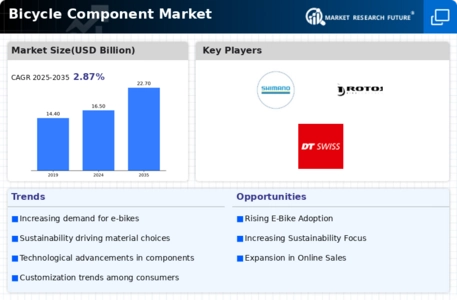
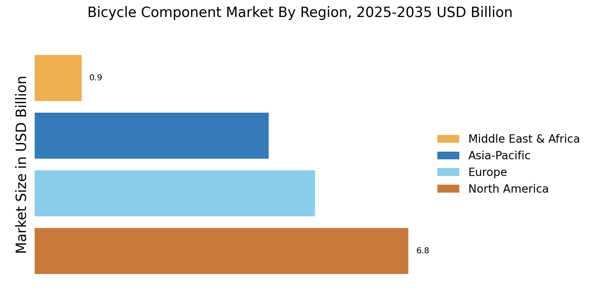

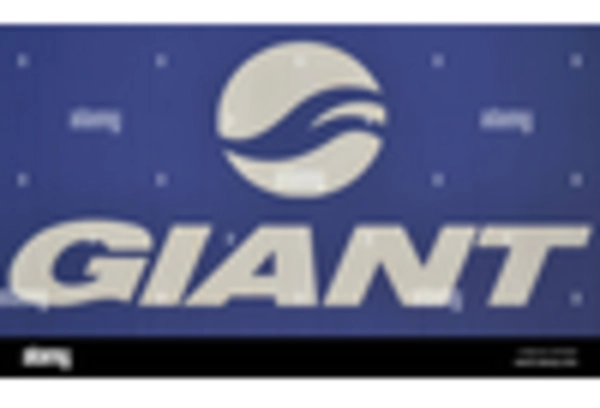
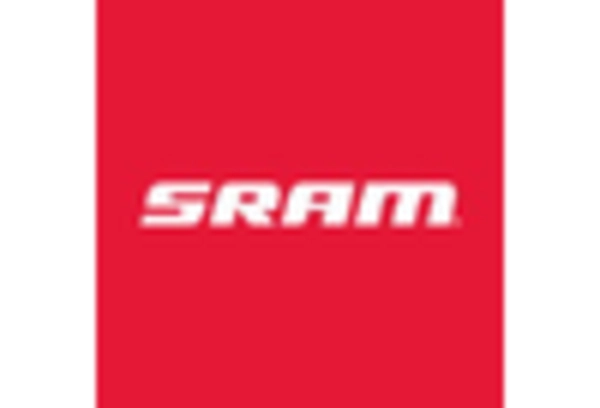
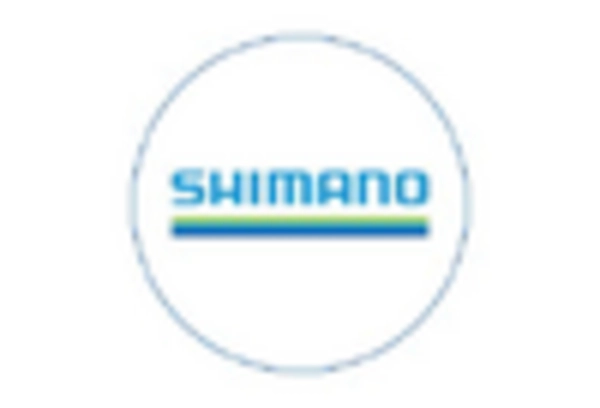
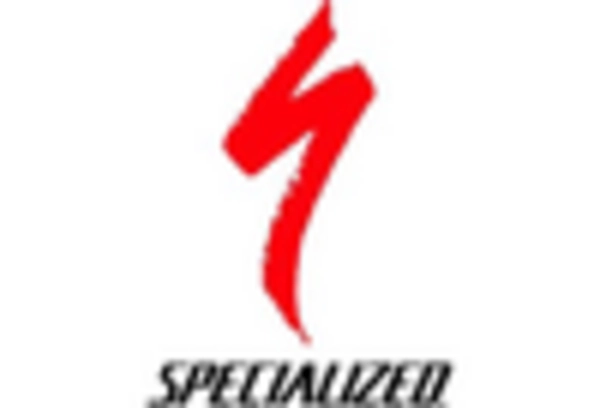
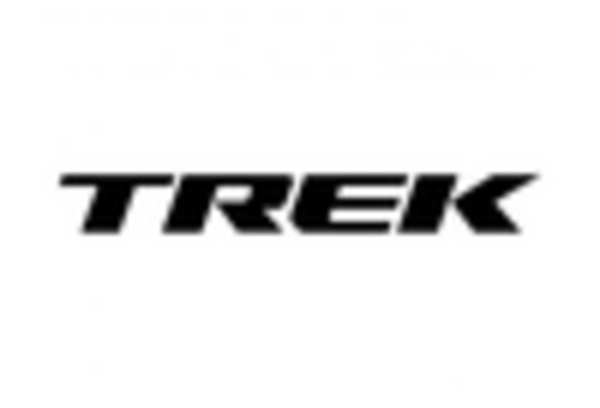








Leave a Comment